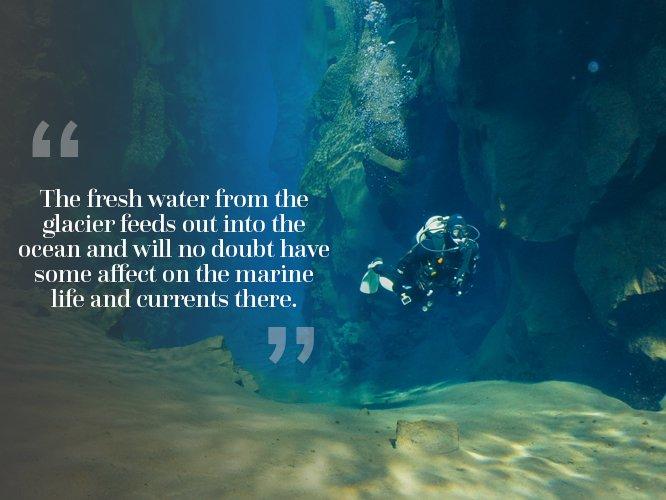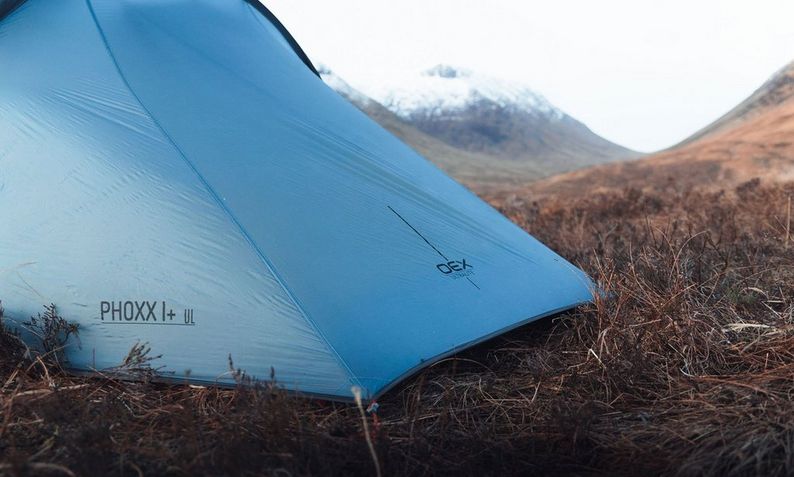'In For a Penny...'
It’s quite hard to imagine that such an intensely cold place could ever be affected by overheating, so we headed to Vatnajökull to see for ourselves. As the largest glacier in Europe, it covers 8-10% of Iceland and it truly is an awe inspiring sight. With Glacier Guides, we donned a hard hat, a pair of crampons and grabbed an ice axe to go investigate further. Straight away we meandered across a huge flat frozen lake where the Glacier had receded in recent decades.
As we trekked up the mountain of ice, we were careful to follow the footsteps of our guide, so as not to stand on any of the hidden crevasses hidden by fresh snow fall. Each season the movement of rocks and water flowing through the glacial ice reveals new caves and features. If you look closely inside the layers of turquoise blue ice you can see bubbles, each one containing trapped air from the time it froze. Scientists around the world are able to use these bubbles to capture important information about the atmosphere and climate dating back for thousands of years. This plays an important role in measuring climate change.
In total contrast to these huge frozen bodies of water, the thing that makes Iceland such a perfect location for carbon storage is its volcanic origins. With hundreds of volcanoes, (tens of which are still active today), the island is a hot bed for lava. When this lava flows out into the outside temperatures or meets the ocean it cools fast and it forms igneous rock, which is everywhere. Due to this Iceland has an endless supply of basalt. It is also a geothermal hot bed, because it sits on two tectonic plates: The North American and The Eurasian. We headed to the Silfra fissure, a scar in the ground filled with water, which was created as these two tectonic plates continue to pull apart from each other.
Situated in Thingvellir National Park, this is one of the only places in the world where you can scuba dive between them. I have to admit I was questioning my judgement on booking this particular part of our shoot, when we arrived to see a snow plough clearing the path to the entry steps. However, under the expert guidance of Dive IS instructors, we squeezed into our dry suits and ventured in to explore the world below the surface. This was without fail the most spectacular visibility I have experienced underwater, the clarity and blue hues of this glacier fed world were intense against the intimidating underwater rock faces and overhangs. Surprisingly though, Dan and I both agreed that our favourite part was surfacing in amongst an extreme backdrop of snow and ice.





